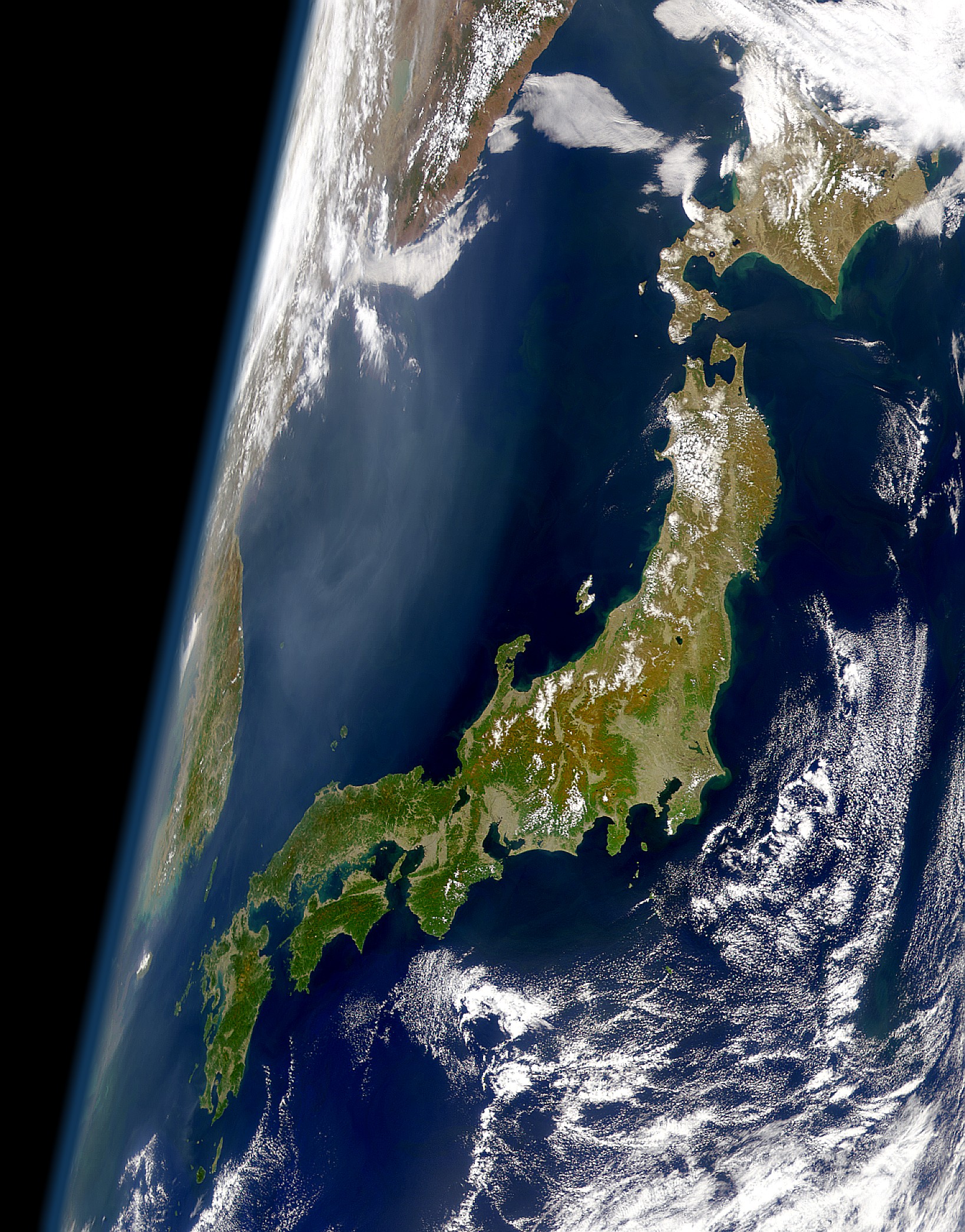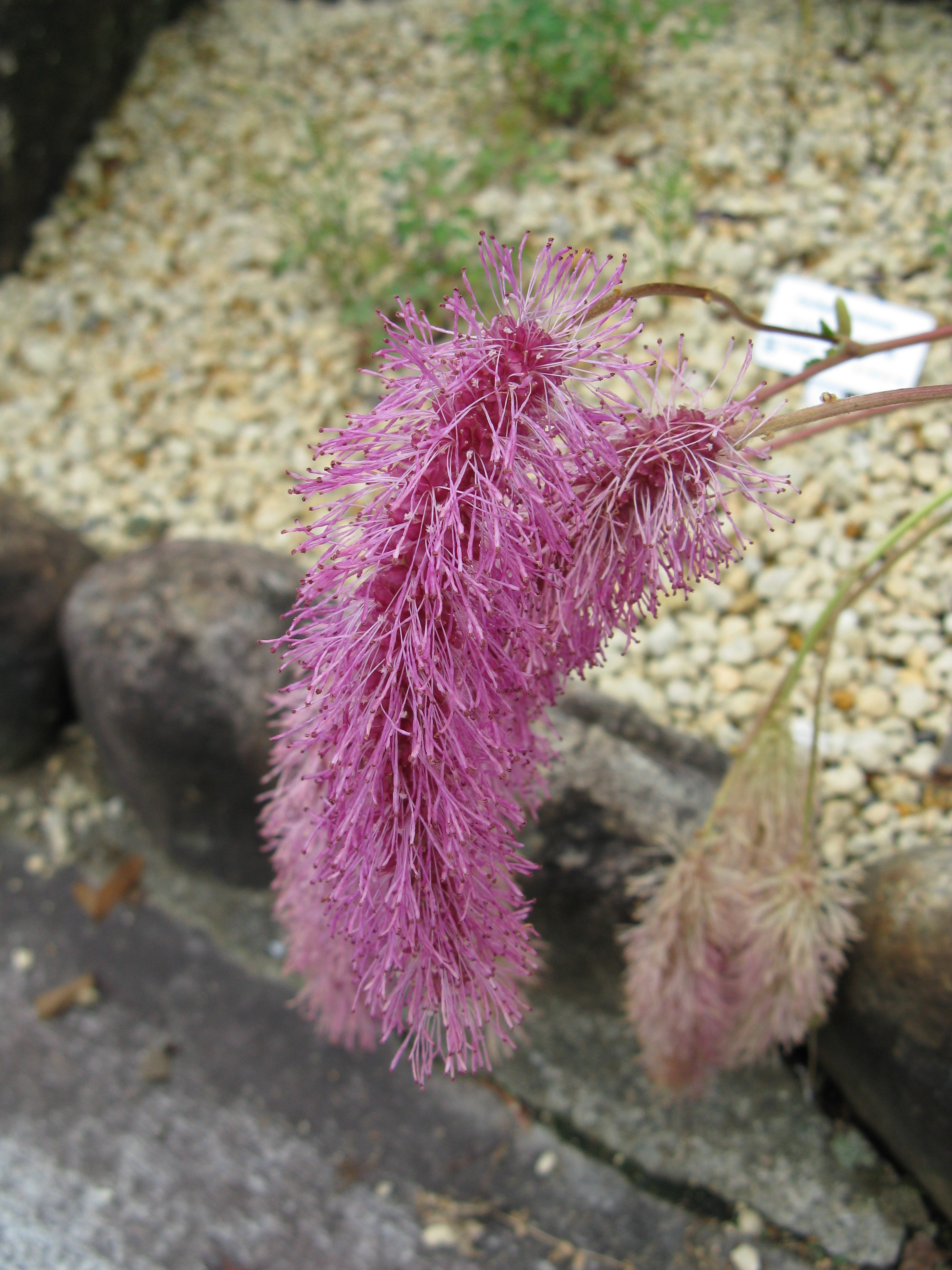|
Sanguisorba Obtusa
''Sanguisorba obtusa'', the Japanese burnet, is a species of flowering plant in the family Rosaceae, native to Japan ( Honshu). Growing up to tall by broad, this rhizomatous herbaceous Herbaceous plants are vascular plants that have no persistent woody stems above ground. This broad category of plants includes many perennials, and nearly all annuals and biennials. Definitions of "herb" and "herbaceous" The fourth edition of t ... perennial has grey-green foliage, and attractive bright pink bottle-brush type flowers on wiry stems, in summer. In cultivation it can tolerate a range of conditions in sun or partial shade, with moist soil. References obtusa Flora of Japan Taxa named by Karl Maximovich {{Rosaceae-stub ... [...More Info...] [...Related Items...] OR: [Wikipedia] [Google] [Baidu] |
Karl Maximovich
Carl Johann Maximovich (also Karl Ivanovich Maximovich, Russian: Карл Иванович Максимович; 23 November 1827 in Tula, Russia – 16 February 1891 in Saint Petersburg) was a Russian botanist. Maximovich spent most of his life studying the flora of the countries he had visited in the Far East, and naming many new species. He worked at the Saint Petersburg Botanical Gardens from 1852 as curator of the herbarium collection, becoming Director in 1869. History Born a Baltic-German, his name at birth was Karl Ivanovich Maksimovich, but he changed it to the German version of his name for his scientific work.Japan’s botanical sunrise plant exploration around the Meiji Restoration Peter Barnes (originally published in Curtis's Botanical Magazine 18(1 ... [...More Info...] [...Related Items...] OR: [Wikipedia] [Google] [Baidu] |
Honshu
, historically called , is the largest and most populous island of Japan. It is located south of Hokkaidō across the Tsugaru Strait, north of Shikoku across the Inland Sea, and northeast of Kyūshū across the Kanmon Straits. The island separates the Sea of Japan, which lies to its north and west, from the North Pacific Ocean to the south and east. It is the seventh-largest island in the world, and the second-most populous after the Indonesian island of Java. Honshu had a population of 104 million , constituting 81.3% of the entire population of Japan, and is mostly concentrated in the coastal areas and plains. Approximately 30% of the total population resides in the Greater Tokyo Area on the Kantō Plain. As the historical center of Japanese cultural and political power, the island includes several past Japanese capitals, including Kyōto, Nara and Kamakura. Much of the island's southern shore forms part of the Taiheiyō Belt, a megalopolis that spans several o ... [...More Info...] [...Related Items...] OR: [Wikipedia] [Google] [Baidu] |
Rhizome
In botany and dendrology, a rhizome (; , ) is a modified subterranean plant stem that sends out roots and shoots from its nodes. Rhizomes are also called creeping rootstalks or just rootstalks. Rhizomes develop from axillary buds and grow horizontally. The rhizome also retains the ability to allow new shoots to grow upwards. A rhizome is the main stem of the plant that runs underground horizontally. A stolon is similar to a rhizome, but a stolon sprouts from an existing stem, has long internodes, and generates new shoots at the end, such as in the strawberry plant. In general, rhizomes have short internodes, send out roots from the bottom of the nodes, and generate new upward-growing shoots from the top of the nodes. A stem tuber is a thickened part of a rhizome or stolon that has been enlarged for use as a storage organ. In general, a tuber is high in starch, e.g. the potato, which is a modified stolon. The term "tuber" is often used imprecisely and is sometimes appli ... [...More Info...] [...Related Items...] OR: [Wikipedia] [Google] [Baidu] |
Herbaceous
Herbaceous plants are vascular plants that have no persistent woody stems above ground. This broad category of plants includes many perennials, and nearly all annuals and biennials. Definitions of "herb" and "herbaceous" The fourth edition of the '' Shorter Oxford English Dictionary'' defines "herb" as: #"A plant whose stem does not become woody and persistent (as in a tree or shrub) but remains soft and succulent, and dies (completely or down to the root) after flowering"; #"A (freq. aromatic) plant used for flavouring or scent, in medicine, etc.". (See: Herb) The same dictionary defines "herbaceous" as: #"Of the nature of a herb; esp. not forming a woody stem but dying down to the root each year"; #"BOTANY Resembling a leaf in colour or texture. Opp. scarious". Botanical sources differ from each other on the definition of "herb". For instance, the Hunt Institute for Botanical Documentation includes the condition "when persisting over more than one growing season, the p ... [...More Info...] [...Related Items...] OR: [Wikipedia] [Google] [Baidu] |
Perennial Plant
A perennial plant or simply perennial is a plant that lives more than two years. The term ('' per-'' + '' -ennial'', "through the years") is often used to differentiate a plant from shorter-lived annuals and biennials. The term is also widely used to distinguish plants with little or no woody growth (secondary growth in girth) from trees and shrubs, which are also technically perennials. Perennialsespecially small flowering plantsthat grow and bloom over the spring and summer, die back every autumn and winter, and then return in the spring from their rootstock or other overwintering structure, are known as herbaceous perennials. However, depending on the rigours of local climate (temperature, moisture, organic content in the soil, microorganisms), a plant that is a perennial in its native habitat, or in a milder garden, may be treated by a gardener as an annual and planted out every year, from seed, from cuttings, or from divisions. Tomato vines, for example, live several y ... [...More Info...] [...Related Items...] OR: [Wikipedia] [Google] [Baidu] |
Sanguisorba
''Sanguisorba'' is a genus of flowering plants in the family Rosaceae native to the temperate regions of the Northern Hemisphere. The common name is burnet. Description The plants are herbaceous perennials or small shrubs. The stems grow to 50–200 cm tall and have a cluster of basal leaves, with further leaves arranged alternately up the stem. The leaves are pinnate, 5–30 cm long, with 7-25 leaflets, the leaflets with a serrated margin. Young leaves grow from the crown in the center of the plant. The flowers are small, produced in dense clusters 5–20 mm long; each flower has four very small petals, white to red in colour. Species The following species are accepted: *''Sanguisorba albanica'' András. & Jáv. *'' Sanguisorba albiflora'' (Makino) Makino *''Sanguisorba alpina'' Bunge *''Sanguisorba ancistroides'' (Desf.) Ces. *'' Sanguisorba annua'' (Nutt. ex Hook.) Torr. & A.Gray – annual burnet, prairie burnet, western burnet *'' Sanguisorba applanata'' T.T ... [...More Info...] [...Related Items...] OR: [Wikipedia] [Google] [Baidu] |
Flora Of Japan
The flora of Japan comprises a large assemblage of plant species which can be found in Japan, such as sakura, katsura, momiji and azalea. There are many species which are endemic to Japan. Diversity Japan has significant diversity in flora. Of approximately 5,600 total vascular plant species, almost 40% are endemic. This richness is due to the significant variation in latitude and altitude across the country, a diversity of climatic conditions due to monsoons, and multiple geohistorical incidences of connections with the mainland. Vegetation types Japan consists of roughly 4 vegetation zones that are delineated by temperature and precipitation: the alpine region, subalpine region, summer-green broad-leaved forest region and evergreen broad-leaved forest region. Due to its substantial length of over 3,000 km from north to south and its mountain ranges that can exceed 3,000 meters, Japan's vegetation varies by latitude and by altitude. Evergreen forests tend to appear ... [...More Info...] [...Related Items...] OR: [Wikipedia] [Google] [Baidu] |




